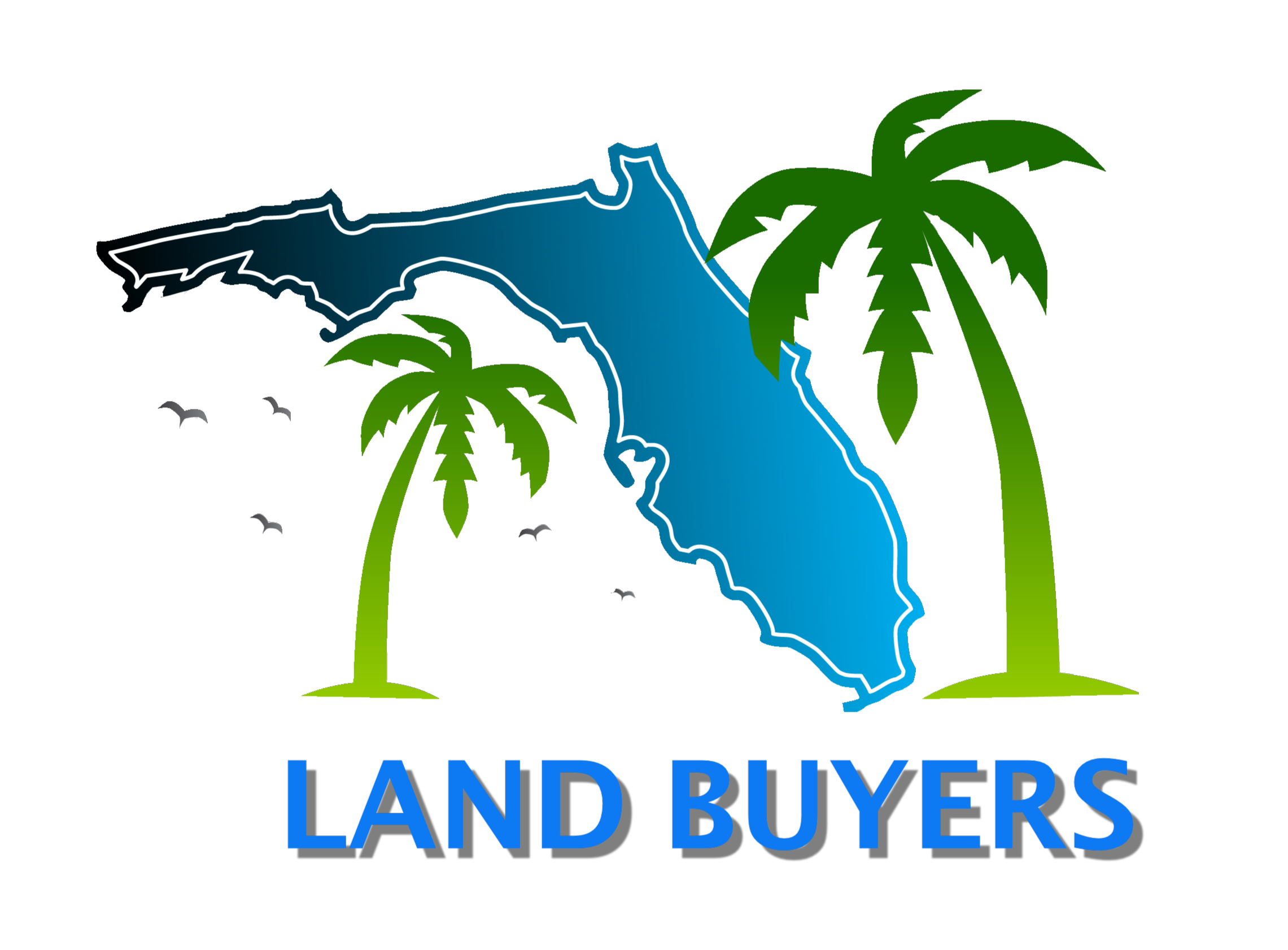Exploring the Diverse Types of Land Use
Land use is a fundamental concept that delineates how land is utilized, managed, and allocated for various purposes. It encompasses a wide spectrum of activities, ranging from agricultural practices to urban development, each serving distinct societal needs. Understanding the different types of land use is crucial for effective planning, sustainable resource management, and fostering harmonious coexistence between human activities and the environment. In this comprehensive exploration, we delve into the different types of land use, examining their characteristics, significance, and implications.
Agricultural Land Use
Agricultural land use constitutes one of the oldest and most prevalent forms of land utilization globally. It encompasses the cultivation of crops, raising livestock, and other farming activities aimed at food production, fiber, and biofuel. This type of land use is vital for ensuring food security, economic stability, and rural livelihoods. However, agricultural practices can also have significant environmental impacts, including deforestation, soil degradation, and water pollution.
Residential Land Use
Residential land use refers to areas designated for housing and human habitation. This category encompasses single-family homes, apartment complexes, condominiums, and other residential structures. Residential land use is influenced by factors such as population growth, urbanization trends, and socioeconomic dynamics. Effective urban planning is essential to address housing needs, ensure access to amenities and infrastructure, and foster community well-being.
Commercial Land Use
Commercial land use encompasses areas designated for commerce, trade, and business activities.
This includes retail stores, shopping malls, office buildings, hotels, restaurants, and other commercial establishments.
Market demand, accessibility, zoning regulations, and economic factors influence the spatial distribution of commercial land use.

Well-planned commercial areas contribute to economic vitality, job creation, and urban development but can also lead to traffic congestion and environmental degradation.
Industrial Land Use
Industrial land use involves areas allocated for manufacturing, processing, warehousing, and distribution activities. Industrial zones accommodate factories, refineries, warehouses, logistics centers, and other industrial facilities.
This type of land use plays a crucial role in economic development, employment generation, and the production of goods.
However, industrial activities can also pose environmental risks, such as air and water pollution, habitat destruction, and resource depletion.
Recreational Land Use
Recreational land use encompasses areas designated for leisure, sports, and outdoor activities. This includes parks, playgrounds, sports fields, hiking trails, camping sites, and recreational facilities.
Recreational spaces provide opportunities for physical activity, social interaction, and cultural enrichment. They also contribute to public health, environmental conservation, and quality of life.
Preserving and enhancing recreational land use is essential for promoting community well-being and sustainable tourism.
Conservation and Natural Resource Management
Conservation land use involves the protection and preservation of natural habitats, biodiversity, and ecosystems. This includes national parks, wildlife reserves, wilderness areas, and protected landscapes.
Conservation efforts aim to safeguard endangered species, maintain ecosystem services, and mitigate the impacts of human activities such as deforestation, habitat destruction, and climate change.
Effective conservation strategies require collaboration between government agencies, non-profit organizations, and local communities to balance ecological integrity with human needs.

Transportation and Infrastructure
Transportation and infrastructure land use encompass areas dedicated to transportation networks, utilities, and public services. This includes roads, highways, railways, airports, seaports, bridges, and utility corridors. Infrastructure development is essential for facilitating mobility, connectivity, and economic growth. However, it can also have adverse impacts, such as habitat fragmentation, air and noise pollution, and land degradation. Sustainable infrastructure planning emphasizes efficiency, resilience, and environmental stewardship.
The classification of land use into distinct categories highlights the multifaceted interactions between human activities and the environment. Each type of land use serves specific purposes, ranging from food production and shelter to recreation and conservation. Effective land use planning requires balancing societal needs with environmental sustainability, fostering resilience, and promoting equitable access to resources. By understanding the diverse types of land use and their implications, policymakers, planners, and communities can work towards creating resilient, livable, and sustainable landscapes for current and future generations.
